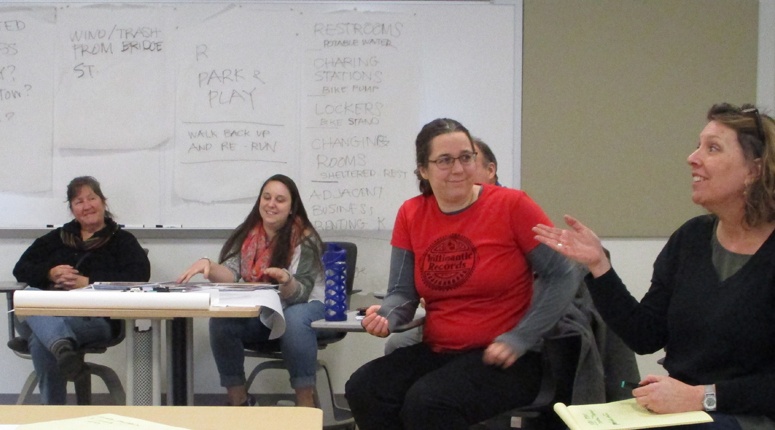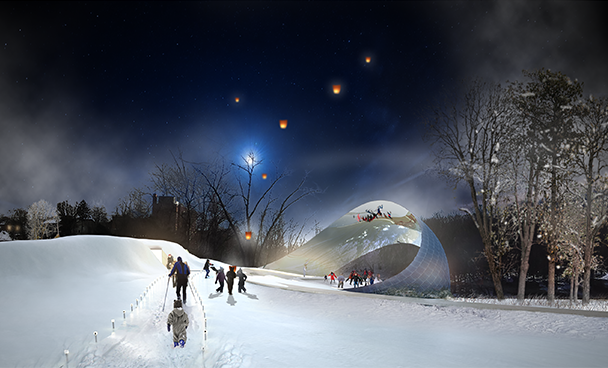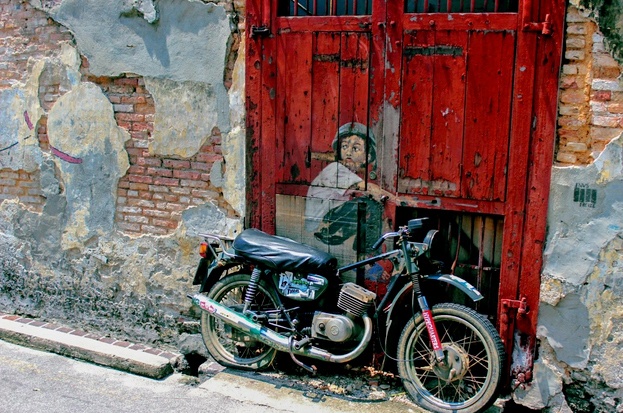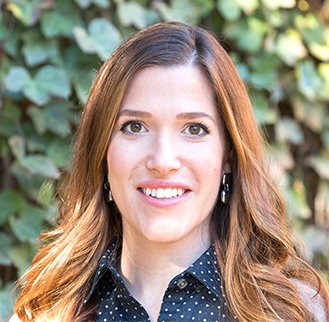By: Becky Nichols
Sometimes when we talk to project owners or project managers about community engagement, they cringe.
Why? Maybe it’s because they don’t care about the community being impacted by their work, but maybe it’s because they’re afraid. They imagine that engaging the community will take more time and delay what is likely already a challenging schedule. They’re afraid of facing people who don’t believe what they believe – who just can’t “see” how valuable their project will be.
Sometimes when we talk to community members about development happening in their neighborhood, they cringe.
Why? Maybe it’s because they don’t care about bringing new business to their area or housing a growing population, but maybe it’s because they’re afraid. Afraid of the unknown, of change, of losing what’s important to them.
Laura and I facilitated a community engagement meeting where we brought those fears into the light as step 1 of the meeting.
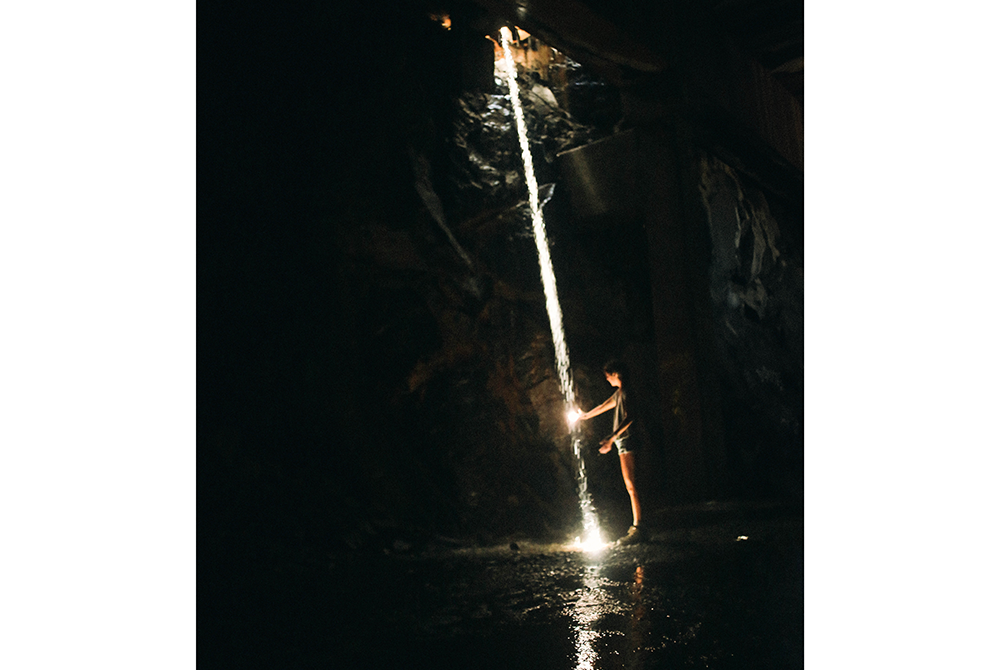
We encouraged everyone to share and empathize with others who had different fears than they had. Every single person in attendance participated. Once those fears were heard, everyone was noticeably more comfortable and open to discussion. A seemingly simple (or even silly) exercise completely transformed the group and led to an evening of trust-building and collaboration.
Fears on the neighborhood side centered on concerns over health and wellbeing and losing their residential neighborhood feel. Another big fear was fear of the unknown. The neighborhood brought up concerns about noise, air quality, light pollution, traffic, and parking. They expressed concerns about their children’s safety and concerns about people moving away.
Fears on the owner / design team side generally centered on budget and schedule, but one comment really stuck out: fear of a missed opportunity. That was exactly why we were there and exactly why we’re so passionate about facilitating this type of collaboration. What if the project could have a positive impact on the neighborhood? And what if a resilient neighborhood could have a positive impact on the organization? It’s possible. It’s possible when everyone shifts their point of view to see what seems like opposing sides as actually one connected community. When one part of that community (the organization or the residents) suffers, the other suffers, and when one thrives, the other thrives.
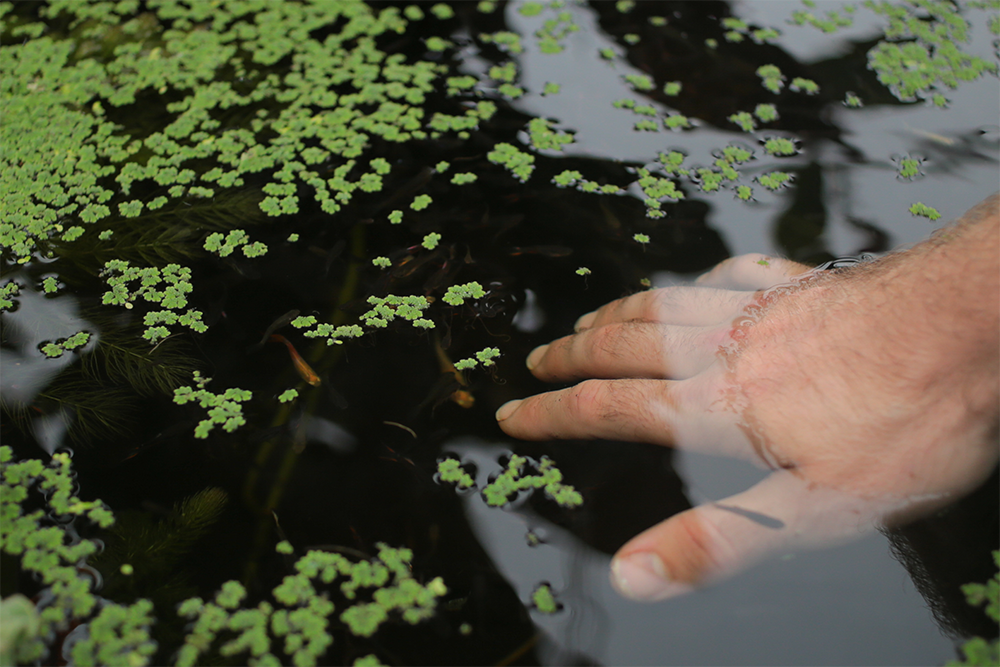
By opening a dialogue in the meeting, some of the neighborhood residents’ fears could be waylaid right on the spot just by the organization sharing information. An important outcome of the meeting was establishing a strategy for ongoing communication. This will help mitigate fear of the unknown. Another outcome was the owner and design team agreed to collaborate with the community on design options that would directly impact stabilizing their neighborhood feel, and because of this, the community agreed to support the project in public hearings as they work through their permitting process.
There is still a long road to project completion and an even longer road to witnessing the impacts, but a foundation of trust and communication has been built. Everyone involved left the room feeling heard, feeling less afraid, and feeling hopeful about a successful ongoing collaboration.
Image Credit: Opening blog image by Brady Stone, photos of light in cave and aquaponics tank by our intern Krissy Velardi

